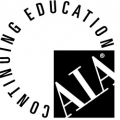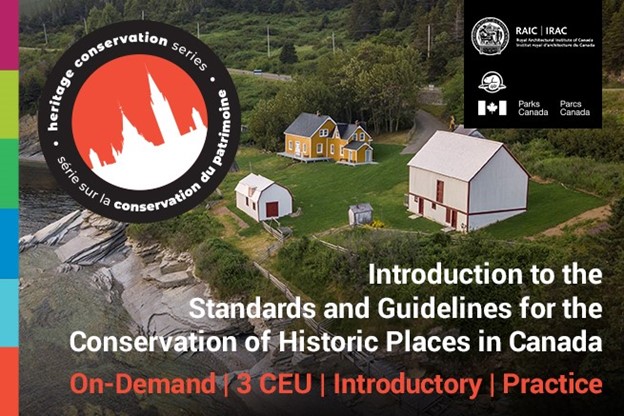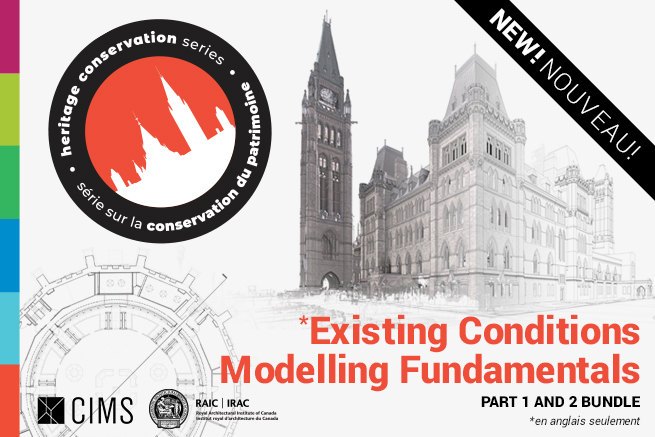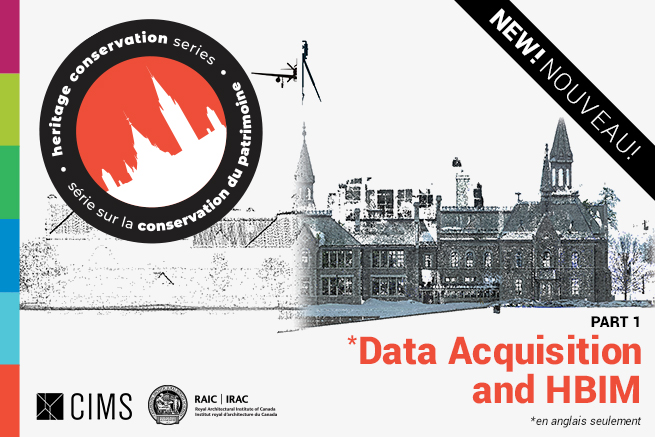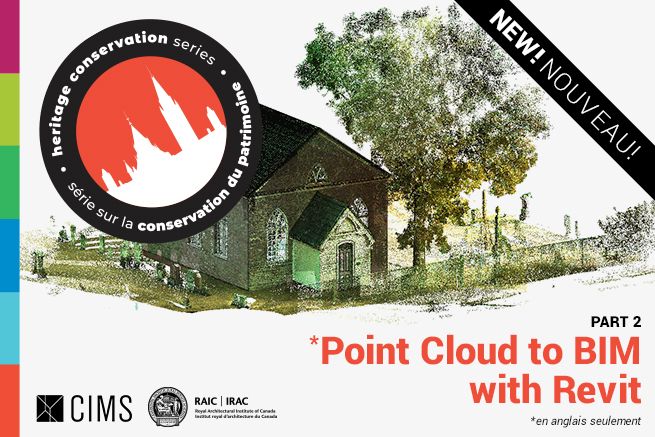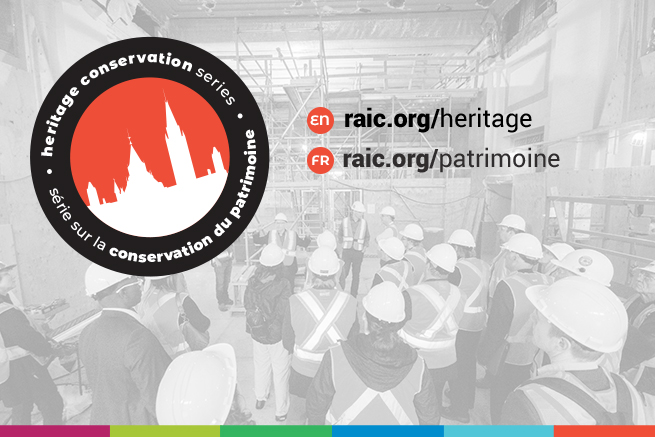
History and the built environment come alive in the exclusive series! The RAIC’s Heritage Conservation Series offers participants access to exclusive online learning opportunities and limited-edition workshop experiences. Working in partnership with industry experts, this series explores topics related to the Standards and Guidelines for the Conservation of Historic Places in Canada, emerging technologies and digital tools, and adaptive reuse design strategies specific to heritage conservation.
- Enjoy exclusive access to nationally significant sites and world-class resources
- Gain skills and confidence in heritage conservation concepts and tools
- Access leading experts and knowledge in the field
- Network with industry professionals
All RAIC workshops are eligible for continuing education certificates of attendance.
To register multiple participants at the same time, please contact the Education Administrator at education@raic.org
Standards and Guidelines for the Conservation of Historic Places in Canada: Integrating Accessibility
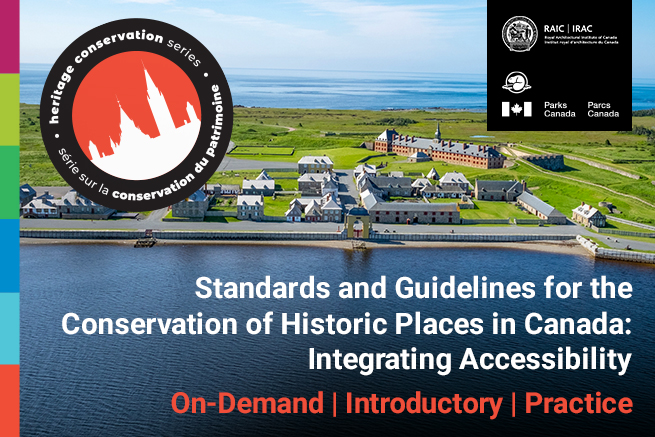
On-demand I 3CEU I Introductory I Practice
The Royal Architectural Institute of Canada (RAIC), in partnership with the Parks Canada, is offering a new module building on the Introduction to the Standards and Guidelines for the Conservation of Historic Places in Canada. Part of the RAIC’s Heritage Conservation Series, this second module focuses on the integration of accessibility in heritage conservation projects in Canada. This course explains how to apply the Standards and Guidelines for the Conservation of Historic Places in Canada (2010) to accessibility projects in historic places.
Learning Objectives:
At the conclusion of this course, participants will be able to:
- Explain he key concepts when considering an accessibility project at a historic place;
- Identify which conservation treatment, Standards and Guidelines support accessibility interventions at a historic place;
- Recognize how the early integration of heritage conservation professionals in the conservation decision-making process supports the discovery of options to meet functional requirements as well as mitigate loss of heritage value; and,
- Observe the conservation decision-making process, in applying the Standards and Guidelines in an accessibility project through a case study of a historic place.
Introduction to the Standards and Guidelines for the Conservation of Historic Places in Canada
On-demand I 3CEU I Introductory I Practice
REGISTER HERE
Learning Objectives:
At the conclusion of this course, participants will be able to:
- Recognize heritage values and the character-defining elements of historic places
- Explain the Conservation Decision Making Process
- Locate relevant resources for information on heritage value and designations.
- Distinguish between the conservation treatments of preservation, restoration, rehabilitation
- Interpret which Standards and Guidelines apply to a given conservation project
Existing Conditions Modelling Fundamentals
- Describe the basic concepts and characteristics that distinguish building information modelling (BIM).
- Explain why, and assess when, BIM is appropriate for existing and heritage buildings.
- Detail the process for managing BIM for existing and heritage buildings.
- Describe the basic concepts and characteristics that distinguish building information modeling (BIM).
- Explain why and assess when BIM is appropriate for existing and heritage buildings.
- List the appropriate techniques for acquiring and creating digital assets.
- Detail the process for managing BIM for existing and heritage buildings.
- Develop the basic skills necessary for developing a building information model of an existing building from point cloud data in Revit.
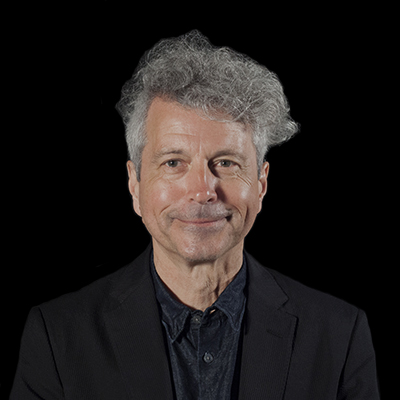


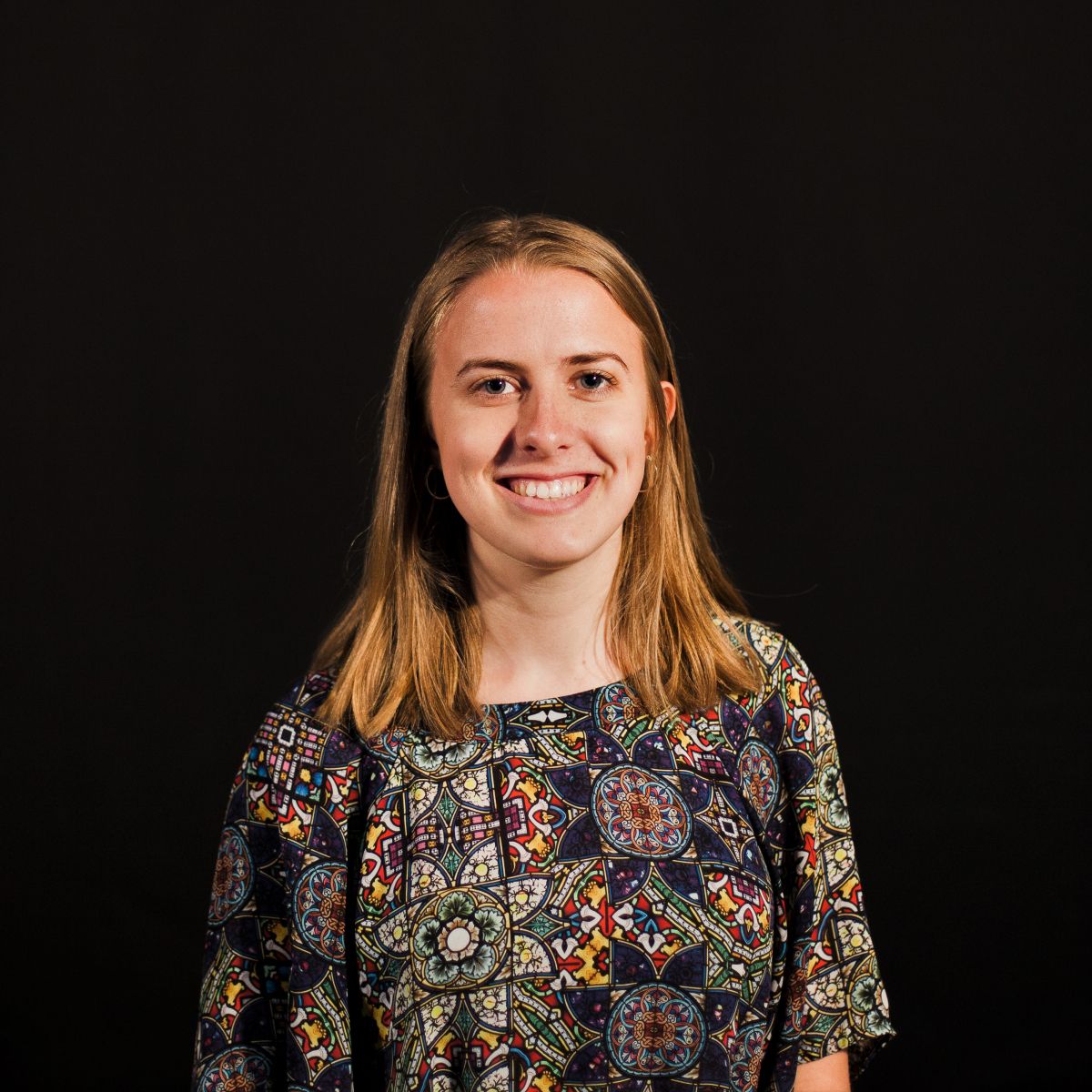
Hilary Romaniuk recently graduated from the Bachelor of Architectural Studies program at Carleton University in the Spring of 2020. She has worked at the Carleton Immersive Media Studio since 2017. She has participated in and led multiple HBIM projects including the Centre Block building of the Parliament Hill National Historic Site. Hilary specializes in modelling highly complex existing conditions projects and parametric families in Autodesk Revit.
Past Events
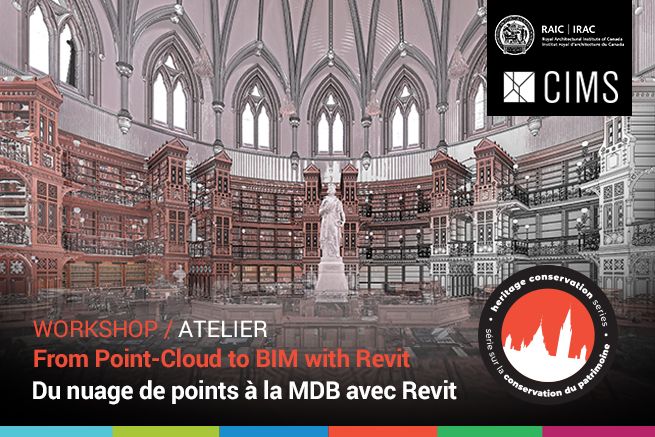
RAIC x CIMS: From Point Cloud to Existing Conditions BIM with Revit
Take advantage of the opportunity to spend a weekend working in the Carleton Immersive Media Studio (CIMS) Lab and learn more about Building Information Modeling (BIM) for Heritage and Existing Conditions (HBIM) from the Winners of the 2018 CanBIM Best in Academic and Best in Innovation Award for the Library of Parliament BIM. This workshop will help participants better understand the complex and unique challenges in managing a BIM project for heritage and existing conditions, including managing large and diverse datasets, file size, and selecting the appropriate level of detail and model tolerance for your project.
Find out how to maximize the efficiency of your project by applying simple fundamental tips for Heritage BIM, and learn hands-on, step-by-step techniques for modelling basic building elements to point cloud data including walls, slabs, windows, and ceilings. The course will include a tour of a designated heritage building with a demonstration of capturing point cloud data with terrestrial laser scanners. Participants will receive an illustrated tutorial outlining all the steps required to model basic building elements from point cloud and will be able to ask instructors questions throughout the training.
The workshop will be provided in English as Carleton University is an English-based institution.
It also includes a 4-hour online pre-learning e-module, designed to ensure participants have a foundational knowledge of the topics and programs to be explored during the in-person workshop experience. A post-workshop online seminar will also be held to further assist participants.
